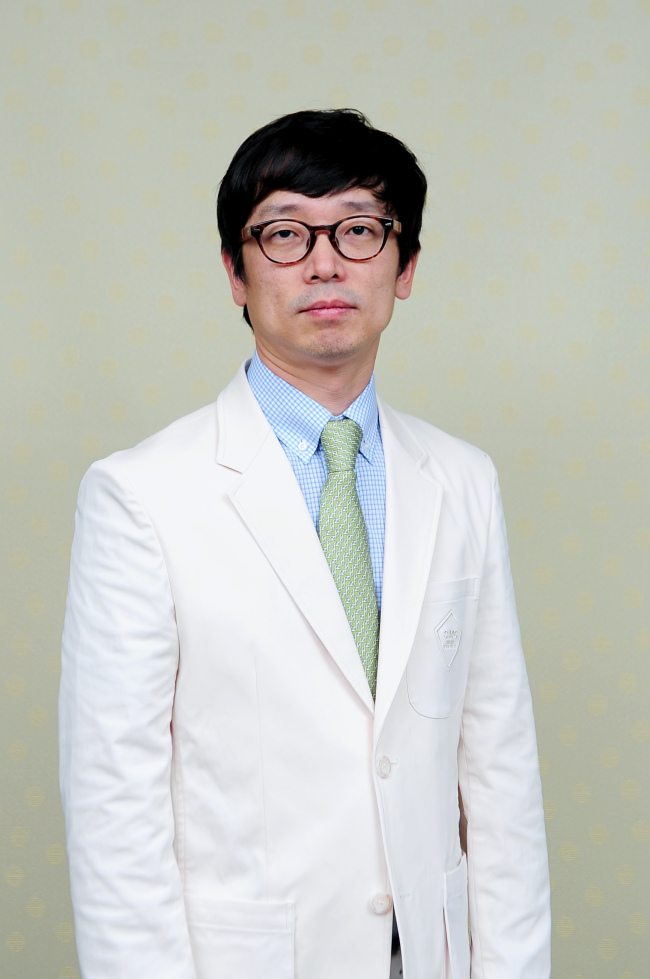Each year, we are affected by yellow dust, particularly from the end of March to April. Yellow dust mixes with air pollutants that can adversely affect the respiratory tracts and the eyes.
What is yellow dust?
Yellow dust refers to dust from the Gobi and Taklamakan deserts, other deserts in China and Mongolia, and the upper regions of the Yellow River of China. This dust travels on upper air currents to reach Korea on western winds.
The particles range from 10 micrometers, the size of silt, to 1000 micrometers, the size of coarse sand. Yellow dust stays in the air for two to five days at time in Korea, and mostly occurs in April. Yellow dust is also known as “Asian dust.”

The effects of yellow dust
Yellow dust passes through China, a country that is rapidly industrializing and produces sulfur dioxide gas and other harmful substances. It mixes with these pollutants and hence has adverse effects on our health. Yellow dust pollutes the atmosphere with yellow-brown colored dust that contains silicone, cadmium, lead, aluminum and copper.
It leads to a four-fold increase in the dust content of the atmosphere. This dust penetrates deep into the respiratory tract and causes conditions such as asthma and bronchitis. It can cause conjunctivitis and dryness when it comes in contact with the eyes. Therefore it is important to respond appropriately to prevent the effects of yellow dust. In severe cases, it can lead to problems with airplanes, cars and precise electronic devices. It can block out sunlight and block the stoma of green plants and crops, hindering their growth.
Measures against yellow dust
When yellow dust hits, people inhale three times the normal amount of dust. The metallic content of the dust can range from two to 10-fold the normal amount. Therefore, those who suffer from bronchitis, asthma or eye conditions should take particular caution.
Allergic conjunctivitis
The first reaction to yellow dust is eye conditions, leading many patients to visit ophthalmologists. Yellow dust and the dry air of spring can cause reactive conjunctivitis and allergic conjunctivitis. During spring, the air contains more pollen and allergens and causes seasonal conjunctivitis. Those who have atopies or are sensitive to particular types of pollen can experience seasonal allergic conjunctivitis in spring. This often occurs together with allergic rhinitis or sinusitis. The main symptoms are itchy and watery eyes, red eyes and the sensation of having foreign objects in the eyes. There can also be a sticky discharge from the eyes, and in severe cases, the whites of the eyes can swell up.
It is best to avoid going outside if these symptoms arise. If you have to go outside, you should wear protective glasses, and wash your eyes and nose with lukewarm water when you return home. Avoid washing with salty water as it can irritate the eyes. If you think you may have conjunctivitis, run cold water over your eyes and blink a few times, or use ice packs on your eyes for symptomatic relief. You can put 2 percent cromolyn sodium in the eyes as a preventative measure. Other vasoconstrictants and antihistamines can also be used to treat allergic conjunctivitis. If this does not help, see a specialist for prescription eye drops. Self-diagnosis or the use of eye drops for a long period of time are not recommended, as more serious conditions such as glaucoma and cataracts can develop.
Another type of allergic conjunctivitis in spring is keratoconjunctivitis. This is also common in children who have atopies. It is less common than seasonal allergic conjunctivitis, but can cause significant pain and discomfort due to its chronic nature. It usually affects those aged 10 years and under, and can last from two to 10 years. It tends to regress naturally once the patient reaches puberty. It is twice as common in boys than girls, and is more common in warm, dry areas. Therefore, it is common between April and August in countries such as Korea, which is in the warm northern hemisphere.
Symptoms of keratoconjunctivitis include itchiness, the sensation of foreign objects in the eyes, sticky and mucous discharges, sensitivity to light and hyperemia conjunctivae. It also produces characteristic giant papillae on the conjunctiva of the top lid. Unlike seasonal allergic conjunctivitis, this disease can cause lesions on the cornea, and can thus significantly impair vision. Therefore, it is important that it is treated by an ophthalmologist. The treatment is similar to that of seasonal allergic conjunctivitis, but because it is a chronic condition that can also affect vision, it is treated with mast-cell membrane stabilizer with regular follow-ups with an ophthalmologist.
 |
Chung Eui-sang |
By Chung Eui-sang
The author is a doctor in the department of ophthalmology at Samsung Medical Center and a professor at Sungkyunkwan University School of Medicine. ― Ed.









